All devices in a 4-20 mA current loop need to be supplied power from somewhere in order to function.
Two-wire devices receive their power from the process signal loop itself i.e. directly from Analog Input cards of DCS / PLC system.
The power for the loop usually comes from the loop power or some other kind of external power supply ( in case of 4 wire ), and all of the power for the system travels through the wires that also carry the information signal.
Since this setup only requires two wires, loop-powered instruments are also referred to as two-wire devices.
Three and four-wire devices, by contrast, receive the power they require to function from a power supply that is separate (but not necessarily isolated) from the current loop. These devices cannot be loop-powered.
A four-wire connection uses the current loop as a means to transmit the 4-20 mA process signal only.
This type of connection will not draw the power it needs from the current loop. It will create a voltage drop on the loop, but this is minimal when compared to that of a loop-powered device.
The power of four-wire devices need is instead provided by an external power supply. This can be either an alternating or direct current power supply because the device is powered independently from the direct current loop.
24 VAC or VDC supplies are common, as are 120 or 240 VAC. It all depends on the specifications of the device.
Isolated four-wire connected devices “float” within the current loop. This means that the common, or the return process signal wire from the device does not connect to the power supply ground.
As may be apparent from the name “four-wire,” two wires connect the power supply to the device and two wires connect the process signal to the device.
Isolation, therefore, is built into the system. There is no electrical connection between the power supply and the process signal.
A three-wire connection is essentially the same as a four-wire connection except that the isolation just discussed is not present; a three-wire device does not float in comparison to the current loop.
In a three-wire connection, the process signal return from the device and the common of the power supply are a shared connection.
2-Wire Pros and Cons
Recalling the advantages of two-wire connections, you will remember that they are simple to setup, lower cost, commonly feature hazardous area approvals, and do not require local power.
On the other hand, they have very limited features due to the limited amount of power they can draw from the current loop.
Three and four-wire devices have their own set of pros and cons which must always be taken into account when attempting to determine the best solution for a process control environment.
3-Wire Pros and Cons
Three-wire devices are commonly found to be lower cost than four-wire primarily because they do not feature isolation.
They can also be slightly easier to install because they require less wire and, in the case where wire needs to be run through conduit, this wire can often be run along the same channels because they are already electrically connected.
Moreover, many of the same benefits of four-wire devices mentioned above also apply to three-wire.
In contrast to four-wire, three-wire devices do not feature isolation because of the fact that the power supply common and the process signal return share the same wire.
When dealing with complex 4-20 mA signal networks, an installer must be very careful while wiring the devices to avoid crossing current paths.
Any grounds, commons or returns that cross paths with the process signal loop will cause current to travel into different circuits and the process signal will no longer provide predictable, usable current values.
Three wire devices cannot be powered by an alternating current (AC) power supply. Four-wire devices can be powered via AC current, such as that available from a wall outlet, because the connection powering the device is completely separate from the connection to the process signal.
Three-wire devices do not feature this isolation, so all of the power in the system must be direct current (DC), just like the process signal loop.
4-Wire Pros and Cons
Because four-wire devices are externally powered, they can accommodate a lot more energy intensive features such as mechanical relays, bright LED displays, advanced serial communications such as Modbus®, and powered outputs, among other things.
Four-wire connections can be easier to understand because there is no need to worry about voltage drop across the current loop.
A four-wire device can be powered by simply plugging it into a wall outlet or some sort of DC power supply such as a battery.
As mentioned, four-wire devices often have excellent built in signal isolation. In a device with power-to-signal isolation, the current signal and the power supply utilize completely separate wires.
This can make setup and maintenance a whole lot easier when dealing with complex 4-20 mA signal networks (featuring multiple 4-20 mA process variables over multiple loops) or if there is a lot of electronic noise from the power supply.
Four-wire connections, as opposed to two-wire connections, require a separate power supply for the device, which can be disadvantageous depending on the availability of power.
Generally they are more expensive as they require an internal power supply circuit to handle the external power they are receiving and generally feature more expensive components.
The amount of wire needed to connect four-wire devices can become a problem for installers, especially in hazardous areas where all of that wire would need to run through conduit.
This can also make maintenance and troubleshooting more difficult down the road, requiring evaluation and repair of nearly double the circuitry compared to a similar two-wire system.
Four-wire connections also have fewer options when it comes to hazardous areas. The high power requirements alone make Intrinsic Safety (I.S.) and Non-incendive (N.I.) approvals exceedingly rare. In order for a four-wire device to be suitable for use in a hazardous area, it often needs to be enclosed in an explosion-proof enclosure which, though effective, might not always be the best possible option.
Choosing the Right Wiring
At the core of this topic are a few essential factors which need to be taken into consideration when deciding on the right choice for a process control environment. Remember that three and four-wire devices will always require a power supply that is separate from the process signal loop, though this does not inherently imply isolation.
Two-wire devices are powered by the current loop itself and do not require an external power supply.
Although there were many cons mentioned in regard to three-wire connections, remember that they do work and they are a valid option when power supply isolation is not a concern.
They are often cheaper than four-wire devices, which is a definite plus; however, the installer needs to understand what they are doing and know the implications of crossing current loops.
Four and two-wire devices can be easier to connect than three-wire, though both for different reasons. Two-wire devices are easier because there are less connections to make, but voltage drop must be taken into account.
Four-wire devices are easier to connect because of the built in isolation, but external power requirements must be taken into account.
As a general rule of thumb when it comes to cost of process control devices, think of two-wire devices being the least expensive, three-wire being in the middle, and four-wire devices as the most expensive.
Some devices and device features are just not available as two-wire, however, because of inherent power consumption requirements.




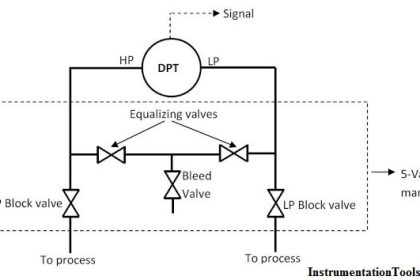
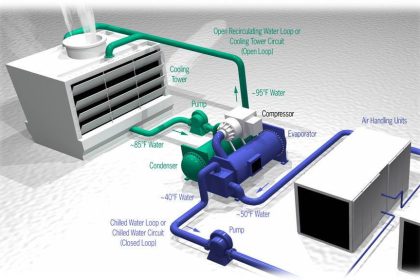

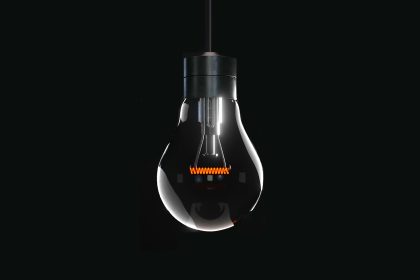

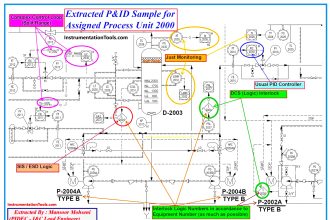


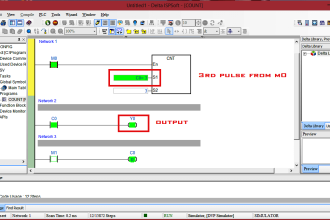
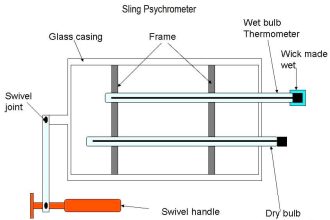
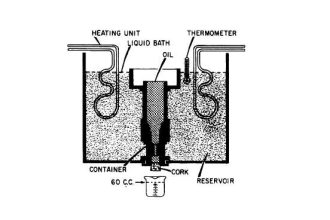

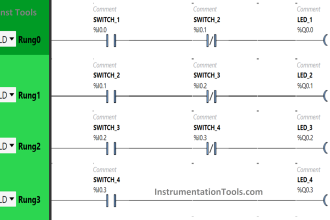

Hello sir,I want an info.about instrumentation devices used in pharmaceutical. Plz post it.
Hello Magnesh, Please mention details of required instruments list then those will be posted. Also you can mail me the details to InstrumentationTools@gmail.com. Thanks
It helps my reasearch so much
Thanks for the above info. Can you please help & suggest me how I can convert the four wire devices into two wire, is their any product available in market that will help converting four to two wire ?, (Our product’s input is 24VDC and give output 4-20mA.) Please sugest.